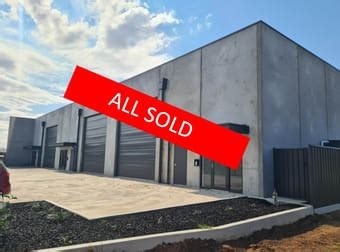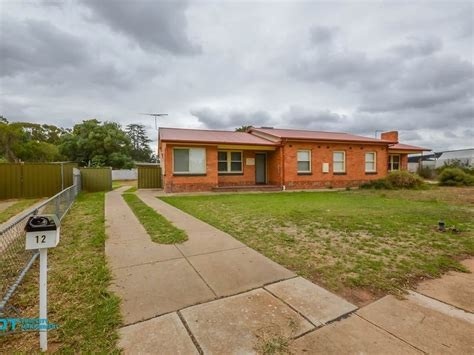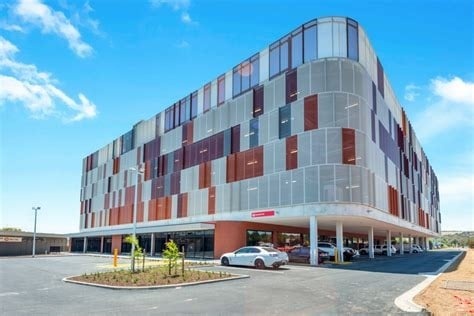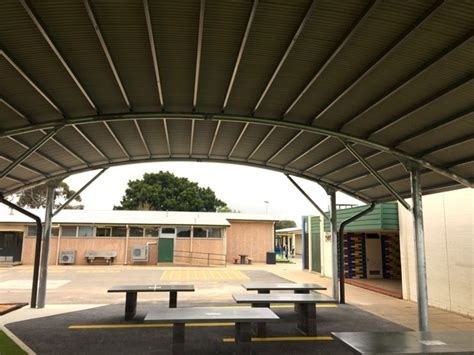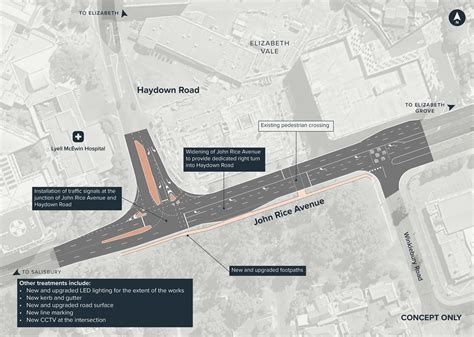Chart Color Schemes
est. as @ -- *
ABS ERP | -- people | --
2021 Census | -- people
Sales Activity
Curious about local property values? Filter the chart to assess the volume and appreciation (including resales) trends and regional comparisons, or scroll to the map below view this information at an individual property level.
Find a Recent Sale
Sales Detail
Population
Population growth drivers in Elizabeth are strong compared to national averages based on AreaSearch's ranking of recent, and medium to long-term trends
Elizabeth's population, as of August 2025, is approximately 11,518 people. This figure represents an increase of 689 individuals since the 2021 Census, which reported a population of 10,829. The change is inferred from the estimated resident population of 11,461 in June 2024 and an additional 60 validated new addresses since the Census date. This results in a population density ratio of 1,243 persons per square kilometer, higher than the average across national locations assessed by AreaSearch. Elizabeth's growth rate of 6.4% since the census is within 0.3 percentage points of the state's rate of 6.7%, indicating competitive growth fundamentals. Overseas migration contributed approximately 85.0% of overall population gains during recent periods.
AreaSearch uses ABS/Geoscience Australia projections for each SA2 area, released in 2024 with a base year of 2022. For areas not covered by this data and years post-2032, the SA State Government's Regional/LGA projections by age category are adopted, based on 2021 data and released in 2023, with adjustments made using a method of weighted aggregation of population growth from LGA to SA2 levels. Future population dynamics anticipate a significant increase in the top quartile of statistical areas analysed by AreaSearch. Elizabeth is expected to gain an additional 3,888 persons by 2041 based on the latest population numbers, representing a total increase of 33.3% over the 17-year period.
Frequently Asked Questions - Population
Development
Recent residential development output has been above average within Elizabeth when compared nationally
Elizabeth records approximately 11 residential properties granted approval annually. Development approval data from the ABS is based on a financial year period, showing 56 homes over the past five years (FY20-FY25), and 16 so far in FY26. On average, 4.0 new residents arrive per dwelling constructed during these five years. This indicates demand significantly outpaces supply, which typically puts upward pressure on prices and increases competition among buyers.
New dwellings are developed at an average expected construction cost of $282,000, reflecting more affordable housing options for purchasers. In FY26, there have been $217.0 million in commercial approvals, suggesting robust local business investment. Compared to Greater Adelaide, Elizabeth shows substantially reduced construction levels, with 86.0% below the regional average per person. This constrained new construction usually reinforces demand and pricing for existing homes, though building activity has accelerated in recent years. This is similarly under the national average, indicating the area's established nature and suggesting potential planning limitations.
New development consists of 85.0% detached houses and 15.0% townhouses or apartments, maintaining the area's traditional suburban character with a focus on family homes appealing to those seeking space. Developers are building more traditional houses than the current mix suggests (52.0% at Census), indicating continued strong demand for family homes. With around 322 people per dwelling approval, Elizabeth shows a developing market. Population forecasts indicate Elizabeth will gain 3,831 residents through to 2041. At current development rates, housing supply may struggle to match population growth, potentially heightening buyer competition and supporting price increases.
Frequently Asked Questions - Development
Infrastructure
Elizabeth has strong levels of nearby infrastructure activity, ranking in the top 40% nationally
Changes to local infrastructure significantly influence an area's performance. AreaSearch has identified 22 projects likely impacting the area. Notable initiatives include Lyell McEwin Hospital Expansion, Family Health and Wellbeing Hub, Playford Health Hub, and Lionsgate Business Park.
Professional plan users can use the search below to filter and access additional projects.
INFRASTRUCTURE SEARCH
Frequently Asked Questions - Infrastructure
Playford Health Hub
Multi-stage health precinct opposite Lyell McEwin Hospital. Stage 1 (retail + 450-bay multideck car park) completed Nov 2021. Stage 2 (specialist medical consulting building with oncology, imaging and allied health) completed May 2024. Stage 3 is a co-located private hospital led with Calvary as operator; master planning and procurement activity underway.
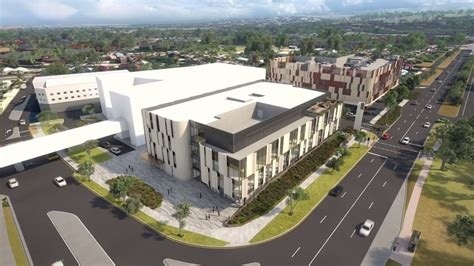
Northern Adelaide Transport Study Infrastructure
Comprehensive transport infrastructure study and implementation for northern Adelaide region. Includes road upgrades, public transport improvements, and traffic management solutions to support regional growth and development.

Family Health and Wellbeing Hub
A new Family Health and Wellbeing Hub in Elizabeth Vale to support residents of Adelaide's northern suburbs. The Hub will feature community spaces, education and health services, and short-term residential accommodation for new mothers. It is designed to deliver integrated healthcare services including early parenting programs, perinatal and adolescent mental health support, and student-led allied health clinics.

Lionsgate Business Park
123ha multi-purpose business precinct redevelopment of the former Holden site into a hub for industrial, manufacturing, construction, engineering, automotive, and commercial uses, including a focus on sustainability with an on-site rooftop solar (up to 24MW) and a 150MW battery storage facility (Lionsgate Energy Storage System). It offers flexible tenancies and features a central park and sports/recreational facilities.
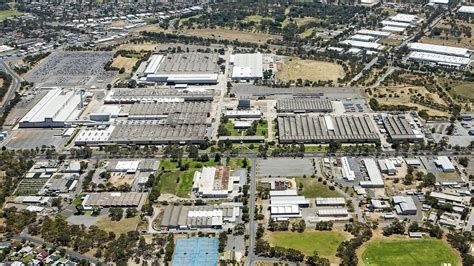
Elizabeth Vale Family Health and Wellbeing Hub
New family health and wellbeing hub featuring community spaces, education and health services, and short-term residential accommodation for new mothers. Part of Playford Health and Wellbeing Precinct.

Healthia Aged Care Development
96-place residential care home comprising 8 small-scale homes with 12 private rooms each. Australia's first residential care home built to limit infectious virus spread. Partnership between ACH Group, NALHN, UniSA, and City of Playford.
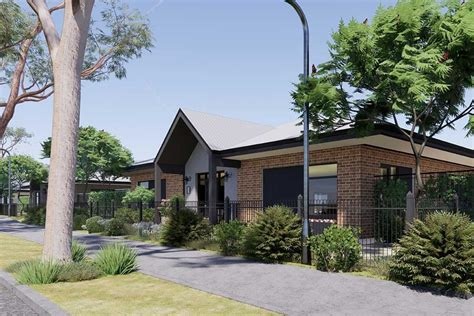
Lyell McEwin Hospital Expansion
$47 million 48-bed expansion featuring two new 24-bed inpatient wards with single rooms and private bathrooms, specialised bariatric and mental health facilities, emergency department redevelopment with 76 spaces, and additional dialysis facilities. Major healthcare capacity increase for northern Adelaide region delivered by construction company 'Built'. Project completed in May 2025.
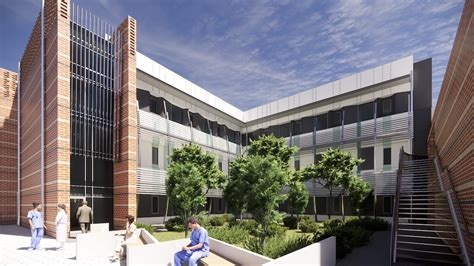
Northern Suburbs Primary School
New Reception to Year 6 school for 400 students plus 60-place preschool to support major residential growth in Adelaide's northern suburbs. Site selection and planning underway to ensure equitable access to high-quality public education services in one of the fastest-growing regions in the state.

Employment
Employment conditions in Elizabeth face significant challenges, ranking among the bottom 10% of areas assessed nationally
Elizabeth has a diverse workforce with strong representation from white collar and blue collar jobs, particularly in manufacturing and industrial sectors. The unemployment rate was 21.2% as of June 2025.
Employment growth over the past year was estimated at 2.9%. Compared to Greater Adelaide's unemployment rate of 4%, Elizabeth's is significantly higher at 17.2%. Workforce participation in Elizabeth lags behind Greater Adelaide, with 39.3% compared to 61.7%. The dominant employment sectors among residents are health care & social assistance, manufacturing, and retail trade.
Manufacturing is a particular specialization, with an employment share of 1.9 times the regional level. Conversely, professional & technical employs only 2.0% of local workers, below Greater Adelaide's 7.3%. There were 1.1 jobs for every resident as at the Census, indicating that Elizabeth functions as an employment hub attracting workers from surrounding areas. Over the 12 months to June 2025, employment increased by 2.9%, while labour force grew by 1.3%, resulting in a decrease of unemployment by 1.3 percentage points. In contrast, Greater Adelaide recorded employment growth of 2.1% with marginal increase in unemployment. State-level data from Sep-25 shows SA employment grew by 1.06% year-on-year, adding 9,370 jobs, with the state unemployment rate at 4.5%, broadly inline with the national rate of 4.5%. Jobs and Skills Australia's national employment forecasts from May 2025 project a 6.6% increase over five years and 13.7% over ten years nationally. Applying these projections to Elizabeth's employment mix suggests local growth of approximately 5.7% over five years and 12.5% over ten years, although this is a simplified extrapolation for illustrative purposes and does not account for localized population projections.
Frequently Asked Questions - Employment
Income
Income metrics place the area in the bottom 10% of locations nationally according to AreaSearch analysis
Elizabeth's median income in financial year 2022 was $43,786, below the national average of $48,015. In Greater Adelaide, the median income was $52,592 and the average income stood at $64,886. As of March 2025, estimated median income is approximately $48,528 and average income is $53,215, based on a 10.83% growth in wages since financial year 2022. According to census data, incomes in Elizabeth fall between the 1st and 2nd percentiles nationally. The predominant income bracket spans 34.0% of locals, with 3,916 people earning between $400 and $799 weekly. Unlike metropolitan trends, only 31.8% fall within the $1,500 - $2,999 range. A significant portion, 48.4%, earns below $800 weekly, indicating affordability pressures. Housing affordability pressures are severe, with only 77.3% of income remaining, ranking at the 3rd percentile nationally.
Frequently Asked Questions - Income
Housing
Elizabeth displays a diverse mix of dwelling types, with a higher proportion of rental properties than the broader region
Elizabeth's dwelling structure, as per the latest Census, consisted of 51.5% houses and 48.4% other dwellings (semi-detached, apartments, 'other' dwellings). This compares to Adelaide metro's 83.7% houses and 16.2% other dwellings. Home ownership in Elizabeth was at 19.0%, with mortgaged dwellings at 22.6% and rented ones at 58.3%. The median monthly mortgage repayment was $1,083, below Adelaide metro's average of $1,300. Median weekly rent in Elizabeth was $225, compared to Adelaide metro's $265. Nationally, Elizabeth's mortgage repayments were significantly lower than the Australian average of $1,863, and rents were substantially below the national figure of $375.
Frequently Asked Questions - Housing
Household Composition
Elizabeth features high concentrations of lone person households and group households, with a lower-than-average median household size
Family households constitute 56.2% of all households, including 19.6% couples with children, 15.3% couples without children, and 19.8% single parent families. Non-family households account for the remaining 43.8%, with lone person households at 39.4% and group households comprising 4.2%. The median household size is 2.4 people, which is smaller than the Greater Adelaide average of 2.6.
Frequently Asked Questions - Households
Local Schools & Education
Elizabeth faces educational challenges, with performance metrics placing it in the bottom quartile of areas assessed nationally
Elizabeth's university qualification rate is 7.4%, considerably lower than Australia's average of 30.4%. This disparity presents both a challenge and an opportunity for targeted educational initiatives in the area. Bachelor degrees are the most prevalent at 5.5%, followed by postgraduate qualifications (1.3%) and graduate diplomas (0.6%). Vocational credentials are prominent, with 34.4% of residents aged 15+ holding such qualifications - advanced diplomas at 6.0% and certificates at 28.4%.
Educational participation is high, with 33.2% of residents currently enrolled in formal education. This includes 13.9% in primary, 8.8% in secondary, and 2.9% in tertiary education. Elizabeth has a robust network of 10 schools educating approximately 4,039 students. The educational mix comprises 4 primary, 4 secondary, and 2 K-12 schools. As an education hub, Elizabeth offers 35.1 school places per 100 residents, significantly higher than the regional average of 17.3, attracting students from surrounding communities.
Frequently Asked Questions - Education
Schools Detail
Nearby Services & Amenities
Transport
Transport servicing is good compared to other areas nationally based on assessment of service frequency, route connectivity and accessibility
Elizabeth has 98 active public transport stops, offering a mix of train and bus services. These stops are served by 33 different routes, facilitating 2,626 weekly passenger trips in total. Transport accessibility is rated good, with residents typically located 203 meters from the nearest stop.
Service frequency averages 375 trips per day across all routes, equating to approximately 26 weekly trips per individual stop.
Frequently Asked Questions - Transport
Transport Stops Detail
Health
Health performance in Elizabeth is a key challenge with a range of health conditions having marked impacts on both younger and older age cohorts
Elizabeth faces significant health challenges, with various conditions affecting both younger and older age cohorts. Approximately 46% of Elizabeth's total population (~5,298 people) have private health cover, lower than the national average of 55.3%.
The most prevalent medical conditions are mental health issues (12.7%) and arthritis (10.3%), with 58.3% reporting no medical ailments, compared to 63.4% in Greater Adelaide. Elizabeth has a higher proportion of residents aged 65 and over at 16.2% (1,869 people), compared to Greater Adelaide's 13.3%. Seniors' health outcomes present challenges broadly consistent with the general population's health profile.
Frequently Asked Questions - Health
Cultural Diversity
Elizabeth was found to be more culturally diverse than the vast majority of local markets in Australia, upon assessment of a range of language and cultural background related metrics
Elizabeth was found to have a higher cultural diversity than most local markets, with 34.0% of its population born overseas and 27.8% speaking a language other than English at home. The dominant religion in Elizabeth is Christianity, comprising 37.2% of the population. However, Islam is overrepresented compared to Greater Adelaide, making up 7.1% of Elizabeth's population versus 4.0%.
In terms of ancestry, the top three groups are English (28.3%), Australian (24.4%), and Other (20.6%), which is significantly higher than the regional average of 11.1%. Notably, Australian Aboriginal representation is higher in Elizabeth at 4.2% compared to the regional average of 3.0%, while German representation stands at 3.6% versus 4.4%, and Russian representation is equal at 0.3%.
Frequently Asked Questions - Diversity
Age
Elizabeth's population is slightly younger than the national pattern
The median age in Elizabeth is 36 years, which is slightly below Greater Adelaide's average of 39 years and also slightly below the Australian median of 38 years. Compared to Greater Adelaide, Elizabeth has a higher proportion of residents aged 5-14 years (15.1%) but fewer residents aged 65-74 years (7.9%). Between the 2021 Census and now, the population aged 35-44 years has increased from 12.1% to 13.2%, while the population aged 45-54 years has decreased from 11.5% to 10.6%. By 2041, Elizabeth's age composition is projected to change significantly. The 45-54 age group is expected to grow by 54% (655 people), reaching a total of 1,878 from the previous figure of 1,222.
